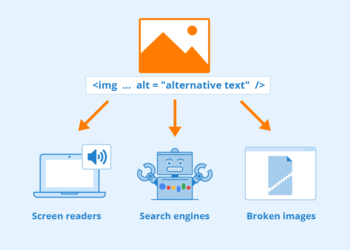As someone with execrable handwriting, I always have to remind myself to slow down and take great care on the (increasingly rare) occasion of addressing an envelope or a package. But what happens to those pieces of mail where that extra care is not taken (or something happens to the envelope like it gets wet) and the address is illegible? The answer offers a chance to see how much optical character recognition (OCR) technology has improved over the last 25 years.
The video below offers a visit to the last existing Remote Encoding Center (REC) in the US. This is where your mail (or at least an image of your mail) gets sent if the machines at your local mail processing plant can’t read the label. In 1997, there were 50 such centers, now there’s just one REC. In 1997, those 50 RECs processed around 19 billion pieces of mail per year, whereas the remaining center now only handles around 1.2 billion pieces. The reason is not a decline in mail volume, rather it’s how good the OCR machines have become, resulting in less undeliverable mail.
The process is interesting as well, humans sit at specialized keyboards and figure out the writing on each piece of mail in around 4 seconds, encode it, and move on to the next piece. So please think of these folks the next time you hastily scratch out an envelope.


